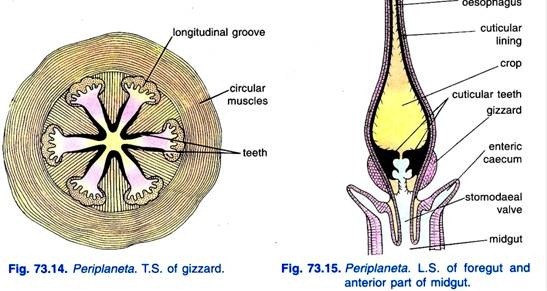The below mentioned article provides an introductory notes on maize.
Maize (Zea mays L.) is one of the most important cereal crops in the world agricultural economy as food, feed and industrial products. It is a miracle C4 crop and has a very high yield potential with its world average yield of 47.19 q/ha and ranks first among cereals followed by rice, wheat and millets. There is no other cereal, which has such an immense potentiality and thus is rightly called ‘Queen of Cereals’.
In India it ranks third in productivity (1.95 t/ha), fourth in production (14.50 mt) and fifth in area (7.40 mha). The present productivity of the crop in India is 1.95 t/ha, which is quite low as compared to the yield levels in other maize growing countries of the world Area, production and productivity of the crop at World, Asia and India level of the years 1990, 1995 and 2000 and 2005 is given in Table 11.1.
Maize is affected by as many as 61 diseases, out of which 16 have been identified as major ones which occur both in tropical and temperate regions of India. Major diseases of maize along with their causal organisms have been listed in Table 11.2.
Among these banded leaf and sheath blight (BLSB) incited by Rhizoctonia soluni f.sp. sasakii Exner (Thanatephorus sasakii (Shirai) Tu and Kimbro), is gaining economic importance. Grain yield loss, depending on disease severity varies between 11 to 40 per cent.
The grain yield loss can go upto 97.4 per cent. It was reported for the first time from Sri Lanka. Now the disease is of common occurrence in Nepal, India, Bhutan, Bangladesh, Myanmar, Malaysia, Phillipines, Thailand, Vietnam, Laos, South China and Taiwan.
After an epidemic in Mandi district of Himachal Pradesh in early 1970’s, the disease has become increasingly severe. Now BLSB is considered to be one of the most serious problems threatening cultivation of maize in India.
It has been noted to occur in Uttar Pradesh, Himachal Pradesh, Haryana, Madhya Pradesh, Rajsthan, West Bengal, Meghalaya, Assam and Jharkhand. It appears on plants before flowering, which is highly favoured by warm humid weather, and it causes severe damages to leaves, leaf sheaths as well as cobs.
The disease, being soil borne, appears first on lower leaf sheath or leaves in contact with the soil and it has preference for the earshot, maximum loss occurs when ear-rot phase of the disease predominates.
As the disease is assuming alarming status, there is an urgent need for devising suitable measures to manage the disease. However, in literature very little information is available regarding management of the disease. Instant planning of research is not a remedy, either. Chemical control does not appear to be feasible option for safe and eco-friendly management.

